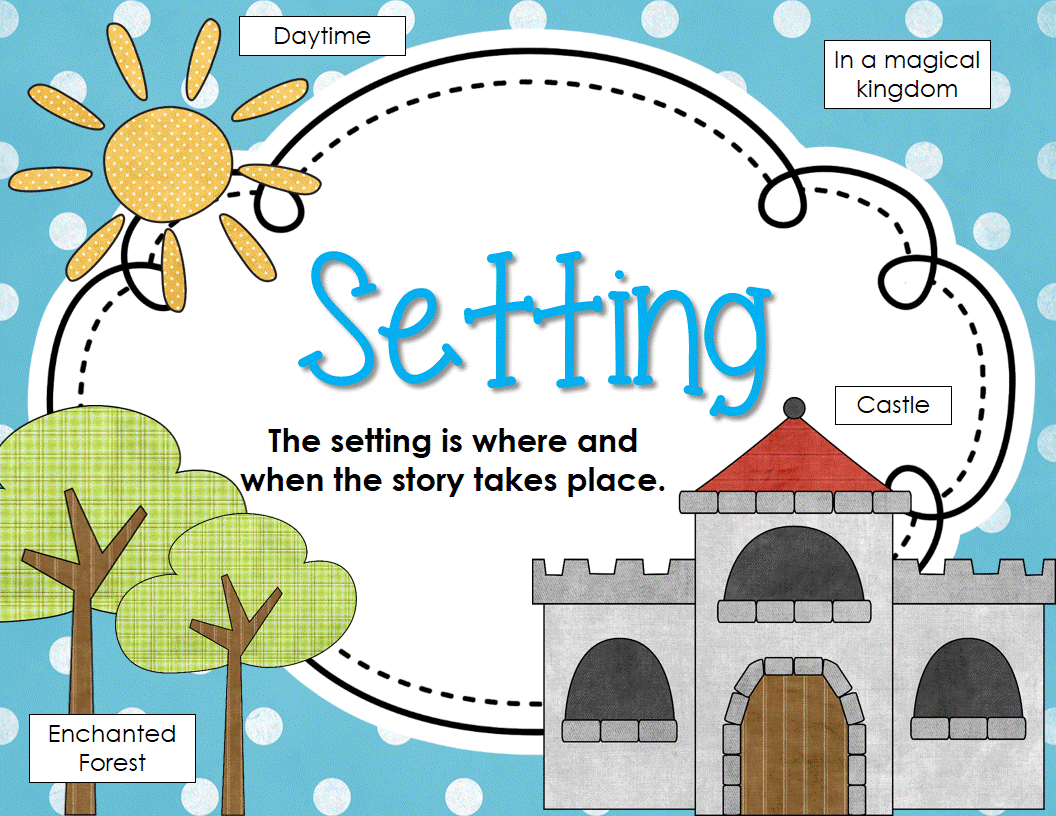AuthorHi, I'm Ray Evans. I'm a certified copyeditor and proofreader. Archives
September 2023
Categories |
Back to Blog
I don't wanna go off on a rant here, but when it comes to storytelling, it's not just about the characters or the plot. Oh no, it's about the setting too, like adding the perfect dash of paprika* to your grandma's goulash. Now let's sink our teeth into this tantalizing topic and discuss the importance of setting in your story and how to bring it to life – because, my friend, no one wants their readers to feel like they're wandering aimlessly in a poorly sketched out world like some half-drunk Magellan. First up, Know Your World Like the Back of Your Hand, or better yet, like the back of George Costanza's head.It doesn't matter if your story takes place in the Serengeti or on Mars, or even in a bizarre alternate universe where people brush their teeth with mayonnaise instead of toothpaste. Just make sure you understand every nook and cranny, and that you can accurately convey it to your readers. Otherwise, your masterpiece might end up like a Picasso painted with a blindfold on. Ah, yes, Show, Don't Tell.You've heard it a thousand times, but it's as true as the fact that getting a paper cut from a parking ticket is the most infuriating thing ever. Describe your settings in vivid detail so that readers can visualize the world you've created – unless you want them to feel like they're trudging through a foggy moor in desperate search of an exit, like they're stuck in a never-ending, miserable game of Pac-Man. Now, Use All Five SensesLike a spider monkey in a sensory deprivation tank. Don't just rely on sight; mix it up! Show your characters shivering from the cold, or mention the tantalizing aroma wafting from a street vendor. Dive into the taste of a freshly brewed cup of coffee or the sound of rustling leaves in the breeze. This is your chance to create an immersive experience so that your readers can taste, smell, hear, and feel every bit of your literary masterpiece. Incorporate Setting into Dialogue like Shakespeare on a Red Bull.Your characters' conversations should reflect their surroundings, whether it's complaining about the unbearable heat of a desert or discussing the finer points of fishing in the Arctic. This not only helps set the scene but also makes your dialogue more dynamic and engaging, ensuring your readers never feel like they're stuck in a snooze-worthy symposium with Ben Stein. Lastly, Remember that Less Can Be MoreLike a pint-sized Yoda dispensing sage advice. It's tempting to describe every blade of grass, but you
don't want to overwhelm your readers with details either. Strike a balance between giving them a sense of the world and letting their imaginations run wild. If you get it just right, your story will feel as satisfying as cracking open a pistachio without breaking a nail. And that's it, folks – the Cliff's Notes to creating a setting that's as vivid as the neon lights of Vegas and as engaging as a game of Twister at a nudist colony. Remember to consider the importance of setting in your story, and bring it to life by knowing your world, showing not telling, using all five senses, incorporating setting into dialogue, and finding that sweet spot between too much and too little detail. Now go forth and create worlds that'll make J.R.R. Tolkien green with envy! *Days before writing this, I discovered that paprika is just dried and ground-up red peppers. My entire life I assumed there was a paprika tree or paprika out there!
0 Comments
Read More
Your comment will be posted after it is approved.
Leave a Reply. |
 RSS Feed
RSS Feed
